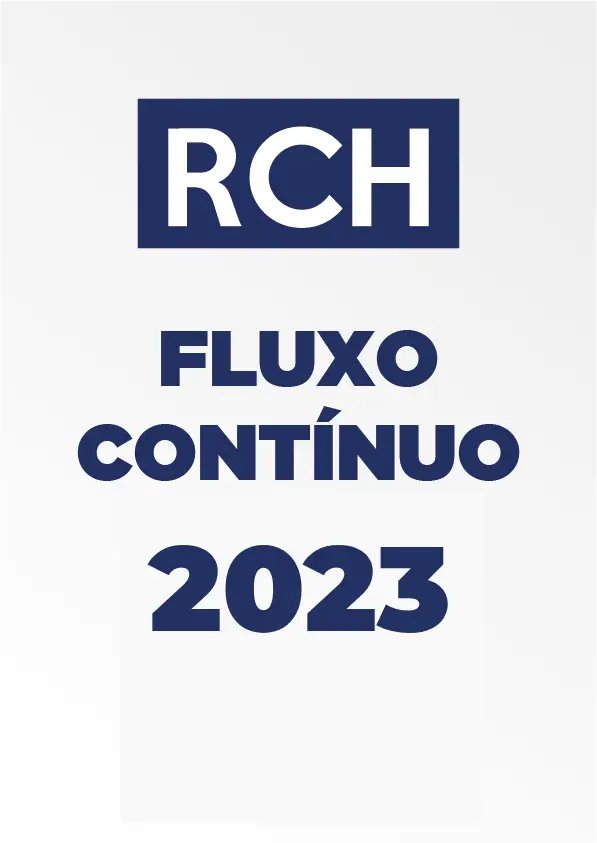USE OF THE EVARUCI SCALE IN INTENSIVE THERAPY
comparison with the Braden scale
DOI:
https://doi.org/10.32813/2179-1120.2023.v16.n1.a903Keywords:
Lesão por pressão, Terapia intensiva, Cuidados críticosAbstract
The aim of this study was to analyze the effectiveness of the Evaruci scale in assessing the risk of pressure injury in patients under intensive care, and to compare it with the Braden Scale. The research took place in an adult Intensive Care Unit (ICU) of a university hospital. The scales were applied in the first 48 hours of ICU admission and were followed up daily throughout the hospitalization period. Thirty individuals participated, 60% men. Mean age was 63.5±18.6 years, mean ICU time 4.3±3.5 days. In patients with PI, Braden showed a high mean risk on the first and last day of hospitalization, and on the first day there was no difference in risk between patients who developed PI and those who did not (p=1.59). Eruci showed moderate risk of PI on the first day of hospitalization and moderate risk on the last day, but there was no difference between patients with PI and without PI (p=0.36). Significance of Braden was observed on the last day of hospitalization (p<0.05) and of Evaruci on the first day (p<0.00), suggesting that Evaruci was better at predicting risk at the beginning of hospitalization and Braden was better at the end of hospitalization. It was concluded that the Braden and Evaruci scales had different performance considering the beginning and end of hospitalization, suggesting that Evaruci should be used on the first day of hospitalization and after using the Braden scale.
Metrics
References
Borghardt, AT, Prado, TN, Araújo, TM, Rogenski, NEO et al. (2015). Avaliação das escalas de risco para úlcera por pressão em pacientes críticos: uma coorte prospectiva. Revista Latino-Americana de Enfermagem, 23 (1), 28-35.
Campos, MMY, Souza, MFC, Whitaker, IY. (2021). Risco para lesão por pressão em pacientes de unidade de terapia intensiva. Revista Cuidarte, 12 (2).
Eglseer, D, Hödl, M, Lohrmann, C. (2019). Nutritional management of older hospitalised patients with pressure injuries. International Wound Journal, 16 (1), 226-232.
Jansen, RCS, Silva, KBA, Moura, MES. Braden Scale in pressure ulcer risk assessment. Rev Bras Enferm, v. 73, n. 6, 2020. http://dx.doi.org/10.1590/0034-7167-2019-0413.
Santos, LRCL, Lino, AIA. (2018). Risks of pressure injury: application of the Braden Scale in intensive care. ESTIMA, Braz. Journal Enterostomal Therapy, 16 (e0818). doi: 10.30886/estima.v16.443.
Silva, ALM, Rached, CDA, Liberal, MMC. (2019). A utilização da escala de braden como instrumento preditivo para prevenção de lesão por pressão. Revista Direito em Foco, 1, 1-11.
Souza, MFC, Zanei, SSV, Whitaker, IY. (2018). Risco de lesão por pressão em UTI: adaptação transcultural e confi abilidade da EVARUCI. Acta Paul Enferm, 31 (2), 201-208.
Zapata-Rodríguez, MM, Murillo-Panameño, CL, Millán-Estupiñan, JC. (2019). Validez de las Escalas de Braden y EVARUCI en Pacientes Hospitalizados en una Unidad de Cuidados Intensivos. Revista médica Risaralda, 25 (2), 138-148.
Downloads
Published
How to Cite
Issue
Section
License
Copyright (c) 2023 Human Sciences Journal - RCH

This work is licensed under a Creative Commons Attribution 4.0 International License.
The publications of the Human Sciences Journal are registered under the Creative Commons Attribution CC-BY license.
1. The contents of the manuscripts are the exclusive responsibility of their author.
2. It is allowed the total or partial reproduction of manuscripts published in the journal, provided that the source is cited.
3. When submitting their manuscript to the Journal, the authors certify that they are of their own authorship and unpublished (not published in any digital or printed media).
4. The copyright of the articles published in the Journal are of the author, with first publication rights reserved for this journal.
5. For disclosure purposes, the Journal may replicate the works published in this journal in other media, such as social networks (Facebook, Academia.Edu, etc.).
6. The Journal is of public access, therefore, the authors who submit manuscripts agree that they are of free use.
7. In case of any illegality, fraud, or other attitude that puts in doubt the honesty of the publication, especially the practice of plagiarism, the manuscript will be automatically rejected.
8. If the manuscript has already been published, it will be immediately removed from the base of the Journal, its citation linked to the Journal will be prohibited and the cancellation of the referred publication shall be reported in the next issue of the one in which the article was published. In case of the procedure for the withdrawal of the paper the authors will be informed beforehand, being guaranteed the right to a broad defense.
9. The personal data provided by the authors will be used exclusively for the services provided by this publication and will not be made available for other purposes or to third parties.





